Upper Siang District, Arunachal Pradesh
25D/24N

Available from August to October
Ages and centuries ago, hidden texts were discovered throughout Tibet describing beyul, hidden lands where the preaching of Buddhist Tantras would be preserved for future generations. It was eighth century adept magician Padmasambhava, known as Guru Rinpoche, who hid these scriptures deep in the valleys of the Himalayas, meant to be found by only those who had a vision. Beyuls are paradises on earth which can be reached by overtaking hardship. Pilgrims, who travel to these distant out-worldly places in the heart of the Himalayas, often tell tales of undergoing extraordinary experiences, similar to those encountered by beings who choose the Buddhist path to liberation.
The most renowned and mystical of all the hidden-lands is Beyul Pemako, “the hidden land the shape of a lotus”, a celestial realm on earth. Many pilgrims have journeyed here in search of inner wisdom, not to escape the world, but to enter it more deeply, and become aware of secrets of the mind and spirit. With good intentions and merit, a pilgrim in Pemako learns to see the world differently than what appears, bringing him closer to the virtues of wisdom and compassion. It is believed that it is in Pemako that humanity will survive and thrive at the end of the world.
Pemako is the earthly form of Dorje Pagmo, the queen of all dakinis (female spirits). Her head is the Kangri Kanpo, her two breasts is the peaks of Namcha Barwa and Gyala Pelri. The lower part of her body lies in Yangsang or innermost Pemako, which is the upper Siang Valley of Arunachal Pradesh. In the confluence of Siang River and Yangsang, is the sacred triangle of Kila Yangzom considered as the vulva of Goddess Dorje Pagmo. The region is home to various different tribes such as Mishmi, Adi, Memba & Khampa; all of them existing in complete peace and harmony with nature, their culture and in their lifestyles.
Since ages, each year pilgrims come to the area for kora – circumambulation of the sacred sites of Devakota (the gathering place of dakinis), Titapori Mountain, Eko Dumbing (Riu Tala), Pemashree and Danakosha Lake. It takes a strenuous trek of four days to reach the Titapori Mountain at 14,000 ft, where the landscape forms a beautiful fully opened lotus. In the mythical lake of Danakosha, there is the Citta Island, ‘The heart of the world’. According to ancient Tibetan scrolls describing Pemako, upon merely seeing this place, a pilgrim’s vision and knowledge will be liberated from all obstructions, and all negative karma accumulated over a thousand eons will be forgiven and purified. Here, you will find breathtaking views of the Eastern Himalayas. Visible up-north will be Namcha Barwa peak and Kundu Dorsempotrang (mythical palace of Dorje Sempa). On the south Eko Dumbing ranges will be visible and on the west, Pemashree.
The trek will pass through hauntingly impressive forests which are a treasure trove of flora and fauna. Medicinal, aromatic plants and endangered flowers can be found in this region. A rhododendron paradise, 44 new species were discovered as recently as 2005. Possible wildlife sightings can be of Gorals, Takin, Musk Deer, Snow Leopards and Tigers. Tribal hunters, mainly from the Adi Tribe, visit the region annually to collect aconite poison and offer their prayers to the protector spirits of the mountain.
A challenging once a lifetime adventure, the trek is suitable for pilgrims, explorers, adventure enthusiasts, naturalists and birders.
Day 1 | Dibrugarh
Arrive at Dibrugarh Airport. Drive to town for overnight stay in a comfortable hotel. Evening will be free at leisure to explore the town known for its riverside location and tea plantations. Stroll around the upbeat market area, or eat at a good restaurant.
Day 2 | Dibrugarh - Pasighat
Drive to Pasighat (6 hours).The drive will be though beautiful Assamese countryside. En route you will get to enjoy a ferry ride in the mighty Brahmaputra River. Overnight at budget hotel.
Day 3 | Pasighat - Jennging
Drive to Jengging (7 hours/ 2690 feet). The drive will be through bad roads, but the presence of breathtaking valleys of the Siang River will be worth the journey. You may also visit a Adi Tribe authentic village, and walk in sustainable bamboo hanging bridges. Overnight at basic hotel/government guesthouse.
Day 4 | Jennging - Tuting
Through pristine landscapes, drive to Tuting (9 hours/1943 feet), the last motorable town, near to India’s border with South Tibet. Overnight stay in a basic hotel or government guesthouse.
Day 5 | Tuting - Kuging
After breakfast, begin trek to Kuging Village (2786 feet/ 5 hours) by crossing the Siang River in a suspension bridge and through simple villages of the Adi Tribe. The hike will be through terraced farmlands and the Yangsang Chu River, until a climb to Kuging Village, the last village in the route for the coming ten days. Overnight in tents near the village.
Day 6 | Kuging - Mabi
After breakfast, trek to Mabi (7205 feet/6 hours). The vegetation will change from tropical and semi-tropical to eventually alpine sanctuaries. The climb is moderate through forests of rhododendrons and pine, though care must be taken against leeches. On clear days, the icy peaks of Namcha Barwa are visible, the ‘left breast of almighty Goddess Dorje Pagmo. Overnight at campsite in tents.
Day 7 | Mabi - Lama Tukut
A short trek from Mabi to Lama Tukut, with a few uphill walks along ridges, though forests that are a rhododendron fairy- land, along with the breathtaking views of the remote eastern Himalayas (South Tibet). Overnight in tents.
Day 8 | Lama Tukut - Kanebenga
Trek to campsite at Kanebenga (10795 feet/5 hours trek). The hike will be mostly along ridges in forests filled with rhododendrons and pine, with terrain eventually changing from barren to rocky. There’ll be a few uphill and downhill walks. Chinese villages can be seen from here. The surrounding views of mountainside is breathtaking. Overnight in tented accommodation.
Day 9 | Kanebenga - Pao Lipik
Trek to campsite of Pao Lipik (11959 feet/6 hours), leaving the alpine forests and entering barren landscapes filled with beautiful high altitude lakes. The hike will be moderate with uphill and downhill walks, but can be tiresome in the ex- treme heights. On clear days, the peak of Namcha Barwa is visible. Overnight will be in tents.
Day 10 | Pao Lipik
Rest.
Day 11 | Pao Lipik - Danakosha
Trek to Danakosha (13123 fee/5 hours), the sacred lake with the island of tseta (heart). The hike will be through barren ridge of rhododendron scrub until a steep climb to a higher ridge from where you will get magnificent views of the holy Titapori Mountain. The landscape here forms a fully opened lotus. Each year Buddhist pilgrims visit these high isolated ranges to pray in the heart lake, as according to Buddhist Pemako texts, merely seeing this place, a pilgrim opens his consciousness to unlimited knowledge and his/her karma is purified. Overnight at beautiful campsite.
Day 12 | Danakosha
Today, you will do a kora (circumbulation) around five sacred lakes of Danakosha, out of a total of 118 lakes which are believed to occupy this region. These lakes are believed to bless one with tantric powers. On a clear day, the very holy mountain of Kundu Dorsempotrang is visible, which is ‘All Gathering Palace of Vajrasattva’, a tantric deity symbolizing pristine, unobstructed awareness. Seeing this mountain liberates a person instantly.
Day 13 | Danakosha - Wangchen Phukpa
Trek to Wangchen Phukpa (13225 feet/7 hours). The hike will be up and down ridges, crossing Titapori where it is believed that Padmasambhava has hidden many treasures and scrolls. At the campsite of Wangchen Phukpa, one feels on top of the world. The area is abound with exotic wildlife with chances of seeing Musk Deer, Ibex, Takin, Mountain Goat, Red Panda and many species of birds. A tailless rat called locally assaray is found commonly. Overnight in tents.
Day 14 | Wangchen Phukpa
Rest.
Day 15 | Wangchen Phukpa - Dungchen Droma
Trek to Dungchen Droma (12500 feet/3 hours), crossing huge boulders fallen down by snow, and then continue through pine and rhododendron forests, until a downhill trail covered with thick bamboo that will end at campsite. On clear days, magnificent views can be seen of the eastern Himalayas. Overnight in tents.
Day 16 | Dungchen Droma - Tashi Droma
Start early for a trek to Tashi Droma (4663 hours/8 hours). It will be a steep downhill hike through forests filled with or- chids, bamboos and wild flowers. The vegetation will be thick due to direct sunlight, and care must be taken with the wet slippery ground. The hike will end at River Jiang-chu where you’ll dross a cane bridge to arrive at campsite. A swim in the river will be much healing and is highly recommended. Overnight in tents.
Day 17 | Tashi Droma - Tashigang
Trek to Tashigang Village (3771 feet/4 hours), the first village you will see in ten days. The hike will be along the Jiang-chu River in slippery grounds, with moderate uphill and downhill walks. Precaution needs to be taken here against the menac- ing leeches. The hike ends at Tashigang, a beautiful and quaint little village where 200 people live in 16 houses. Overnight in tents.
Day 18 | Tashigang
Rest.
Day 19 | Tashigang - Dewakota
Begin the trek by visiting the holy site of Dewakota and do a kora around it. Legends say Dewakota Mountain is where Padmasambhava hid many treasure and scrolls, and enlightened persons have the key to finding them. This hike will be a steep descend through huge rocks and eventually crossing a cane bridge and climbing steps to reach Dewakota temple. Later after kora, hike onwards to the village of Mankota. Overnight in tents.
Day 20 | Dewakota - Payengdam
Trek to Payengdam (4017 feet/5 hours), a village located spectacular at a hilltop which offers excellent views of the moun- tain ranges. The hike will be gradual with normal climbs. Along with a monastery, a very impressive community center is established here, supported by pemakodproject.org, for the refuges of China occupied Pemako. Overnight in tents.
Day 21 | Payengdam - Tuting
Trek back to Tuting by descending alongside the Yangsang River. The hike is steep through tropical forest, until it catches up with the trail of the first day, thus completing one kora (circumbulation). The trek to these remote sacred sanctuaries ends at Tuting for overnight stay at government guesthouse.
Day 22 | Tuting - Jengging
Drive from Tuting to Jengging (7 hours). Overnight at government guesthouse.
Day 23 | Jengging - Pasighat
Drive from Jengging to Pasighat (7-8 hours). Overnight at budget hotel/guesthouse.
Day 24 | Pasighat - Dibrugarh
Drive to river port and take a ferry ride to Dibrugarh, sailing in the might Brahmaputra River midst some spectacular land- scapes. Overnight at town's clubhouse with standard amenities.
Day 25 | Dibrugarh
Drive to Dibrugarh Airport for return flight home. Tour ends.
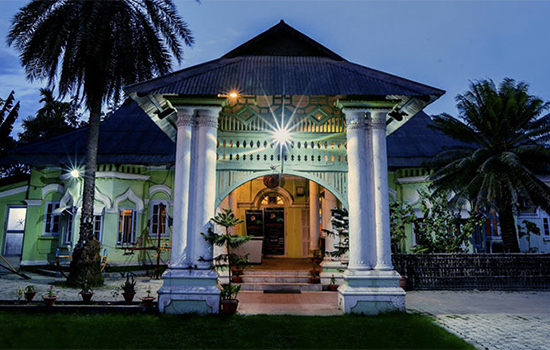
With a small town open atmosphere, The Gymkhana Clubhouse in Dibrugarh is run by enthusiastic town folks and provides splendid modern rooms and amenities such a pool and a gym. The clubhouse which was built in 1923 consists of a restaurant and a well stocked boutique barroom.
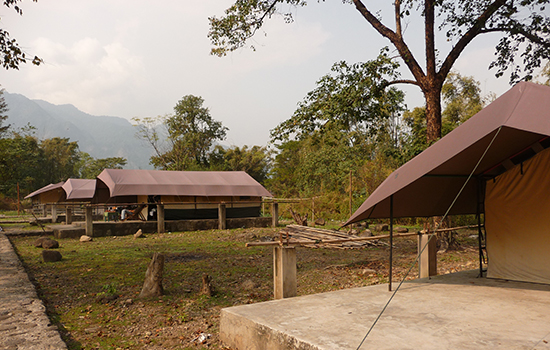
Donyi Hango Camps is run by the Dai family who have been early promoters of tourism in Arunachal Pradesh. The campsite is fairly standard with clean and spacious camps, and Mrs. Dai, a strong Adi lady of her own, is always happy to host travelers from around the world. The property is the best option to stay while in Pasighat.
curated experiences
Our itineraries are one of a kind, carefully deatiled from our own personal travel expereinces, such as choosing the best logistically correct routes to the most interesting stay options.
native guides
With our charming tour guide native to the region, you will get an insider view of life and culture of Arunachal Pradesh, thus bringing forth authentic local expereinces and friendships.
experts in tours
Traveling with Greener Pastures, be assured you are in the best hands of experts who know and are passionate about the region. Expect a hassle-free, easy going and insightful travel.
By choosing us, we share together a pledge towards responsible tourism, and share a belief that travel has the power to positively transform local livelihoods, cultures and environment.
The tours listed in this website are our own well-researched itineraries that come with a great degree of flexibility and customization. Each tour is therefore individually costed around your requirements and budget. This provides you with a sense of choice and reliability, and also helps us meet customer expectations much more closely, making your travel experience all the more memorable.
Please fill out the form below to tell us more about the tour you are interested in and a response with costs and information will be sent to you as soon as possible.
Booking Procedure
Our tours can be confirmed with an advance deposit of 30% which can be transferred to our bank account.
Please go through the Terms and Services listed in our website.
Cancellation Policy
Greener Pastures must receive notification of cancellation in writing, email or phone call. At the time we receive the request, refund will be based as follows:
1. Cancellation more than 15 days prior to departure = 75% refund of deposited advance amount.
2. Cancellation less than 15 days prior to departure = 25% refund of deposited advance amount.
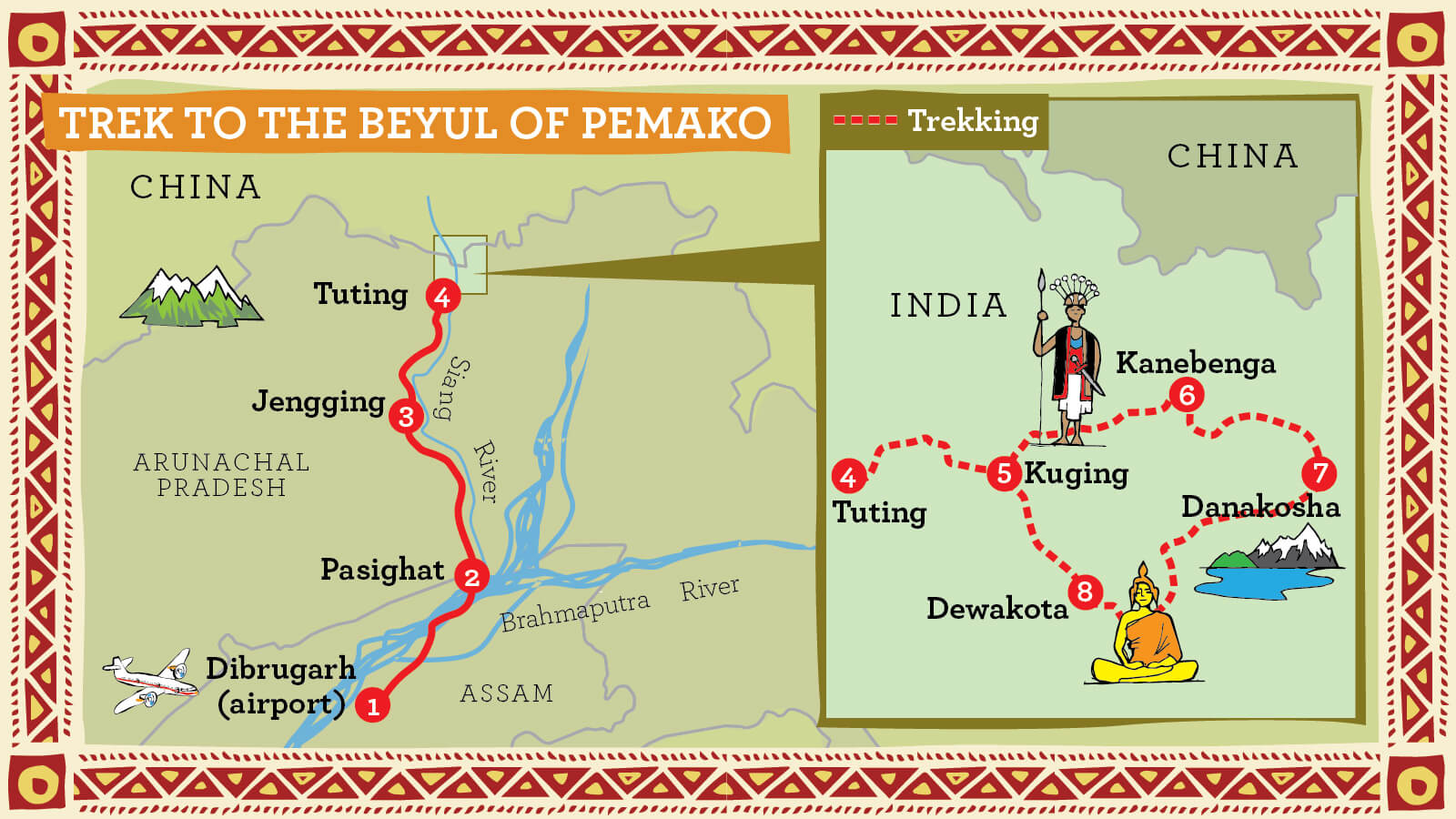
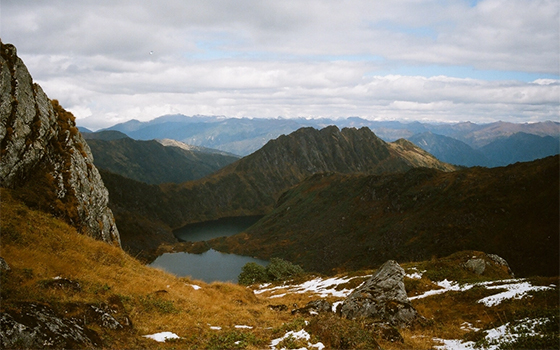
Ever since I read about the beyul of Pemako, I’ve had a fascinated heart and mind, a yearning from deep within to escape – bonds that tangle me and tie me to the perception of a three ...
READ article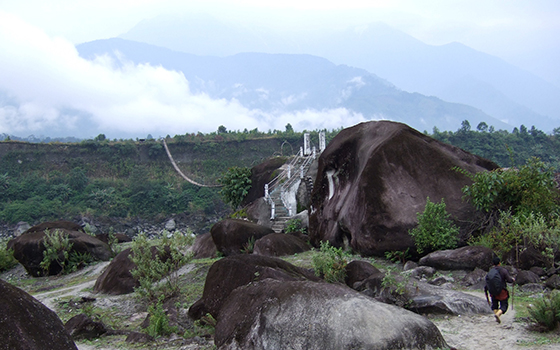
In one of the stamens of the flower of the world is Pemako in the shape of Vajra Yogini lying down. Outer, inner and secret levels correspond to the levels of the mind. In the secret chakra of Vajra...
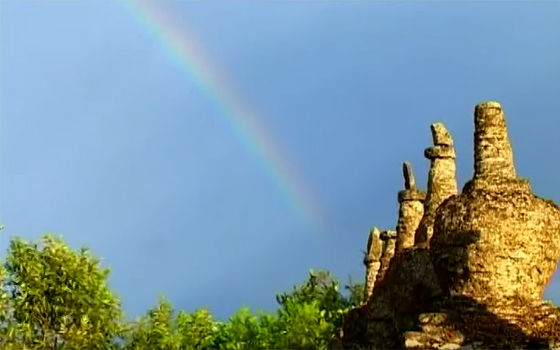
A trek, through rhododendron lush valleys, blue pine cones, small & big streams and rivulets, rainbows and silver-gold wild mushrooms all around....indeed, a magical place it is !...
